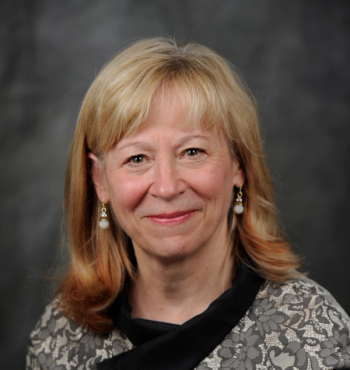
Previewing the Astrochemistry Mini-Symposia at the International Symposium on Molecular Spectroscopy
In the lead-up to the International Symposium on Molecular Spectroscopy conference, Brett McGuire of the Massachusetts Institute of Technology sat down with Spectroscopy to preview the ISMS conference.
Next week, from June 23–27, the 78th International Symposium on Molecular Spectroscopy will take place at the University of Illinois, Urbana-Champaign. This conference serves as a venue for spectroscopists, academics, researchers, and industry professionals to discuss the latest trends and advancements in molecular spectroscopy (1,2).
Over the course of the week, there are three mini-symposia that will take place. One of these mini-symposia is titled “Astrochemistry – Laboratory, Computations, and Observations" (2). This symposium, which was organized by Brett McGuire from the Massachusetts Institute of Technology, Laurent Margules from the Université de Lille, Marie-Aline Martin-Drumel of the Université Paris Saclay, CNRS, and Arielle Moullet from NRAO, focuses on how molecular spectroscopy is being used in astrochemistry and how to manage limited resources in this field.
In the lead-up to the conference, Brett McGuire sat down with Spectroscopy to preview the ISMS conference, as well as preview the mini-symposium that he helped organize, detailing what attendees can expect.
McGuire is an assistant professor of chemistry at MIT, where he runs and leads his own research group. The McGuire Group at MIT combines physical chemistry, molecular spectroscopy, and observational astrophysics to study how the chemical building blocks of life evolve during star and planet formation (3). In the laboratory, the team uses high-resolution rotational spectroscopy along with automation and statistical tools to identify new interstellar molecules and uncover the chemical processes behind their formation (3). Through radio astronomical observations, they analyze the rotational spectra of these molecules in space, aiming to understand their origins, transformations, and roles in cosmic evolution (3).
This interview is part of our coverage of the ISMS conference. To read more about the ISMS conference and learn more about what attendees can expect, click here:
References
- ISMS, 78th International Symposium on Molecular Spectroscopy. ISMS.Illinois.edu. Available at:
https://isms.illinois.edu/speakers.php (accessed 2025-06-20). - Wetzel, W. Previewing the 78th International Symposium on Molecular Spectroscopy. Spectroscopy. Available at:
https://www.spectroscopyonline.com/view/previewing-the-78th-international-symposium-on-molecular-spectroscopy (accessed 2025-06-20). - Massachusetts Institute of Technology, Brett McGuire. MIT.edu. Available at:
https://chemistry.mit.edu/profile/brett-mcguire/ (accessed 2025-06-20).
Newsletter
Get essential updates on the latest spectroscopy technologies, regulatory standards, and best practices—subscribe today to Spectroscopy.





